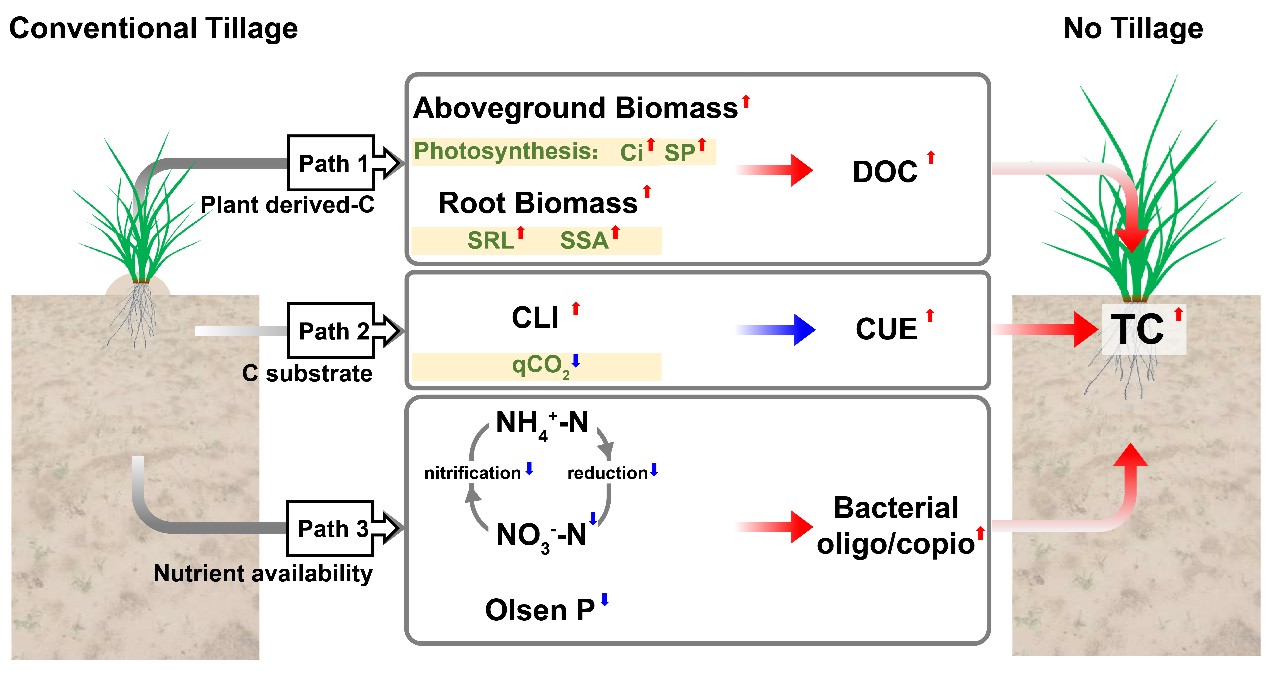
A new study published in Ecological Processes by researchers at the Institute of Applied Ecology of the Chinese Academy of Sciences reveals that no-tillage (NT) farming could play a pivotal role in combating soil degradation and enhancing carbon sequestration in arid and semi-arid regions. The findings highlight NT's potential to restore soil health and reduce carbon emissions, providing valuable insights for sustainable land management in harsh environments.
The research, conducted in the Horqin Sandy Land, a region vulnerable to desertification, focused on tiger nut sedge (Cyperus esculentus L.), a drought-resistant, fast-growing plant known for its deep root system. The researchers discovered that NT significantly increased the soil's total carbon content compared to conventional tillage methods, offering a promising approach for improving soil quality in drylands.
One of the key drivers identified in the study was the increased plant biomass under NT, which led to higher levels of dissolved organic carbon derived from plant residues and root systems. This carbon input directly contributed to the soil's overall carbon pool.
Additionally, the researchers highlighted improvements in microbial activity under NT. Specifically, they found higher microbial carbon use efficiency and a reduction in the respiratory quotient (qCO2), suggesting that NT practices promoted a more efficient conversion of carbon into microbial biomass, rather than releasing it as CO2.
They also noted that NT favored the growth of oligotrophic bacteria--microbes that thrive in nutrient-poor conditions and help stabilize soil organic carbon, thus preventing its loss. These microbes are known to contribute to the stabilization of soil organic carbon, reducing the loss of active carbon components.
While the researchers stress the need for long-term investigations to fully understand the broader implications of NT on soil ecosystems and carbon dynamics, these results mark a significant step toward sustainable land management in arid and semi-arid environments. The researchers emphasized that NT practices in such regions could serve as a model for managing degraded lands, effectively increasing carbon storage.
The study also highlights the potential of cultivating tiger nuts in these areas, as this plant is well-adapted to harsh conditions and can further contribute to soil improvement.

Mechanisms of increased soil total carbon under no-till in sandy soil (Image by WANG Cong)

86-10-68597521 (day)
86-10-68597289 (night)

52 Sanlihe Rd., Xicheng District,
Beijing, China (100864)

